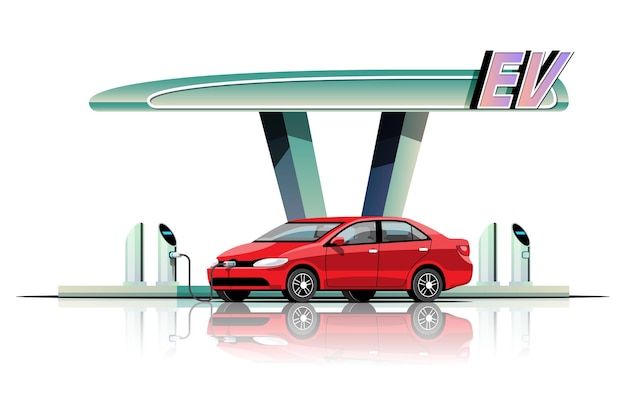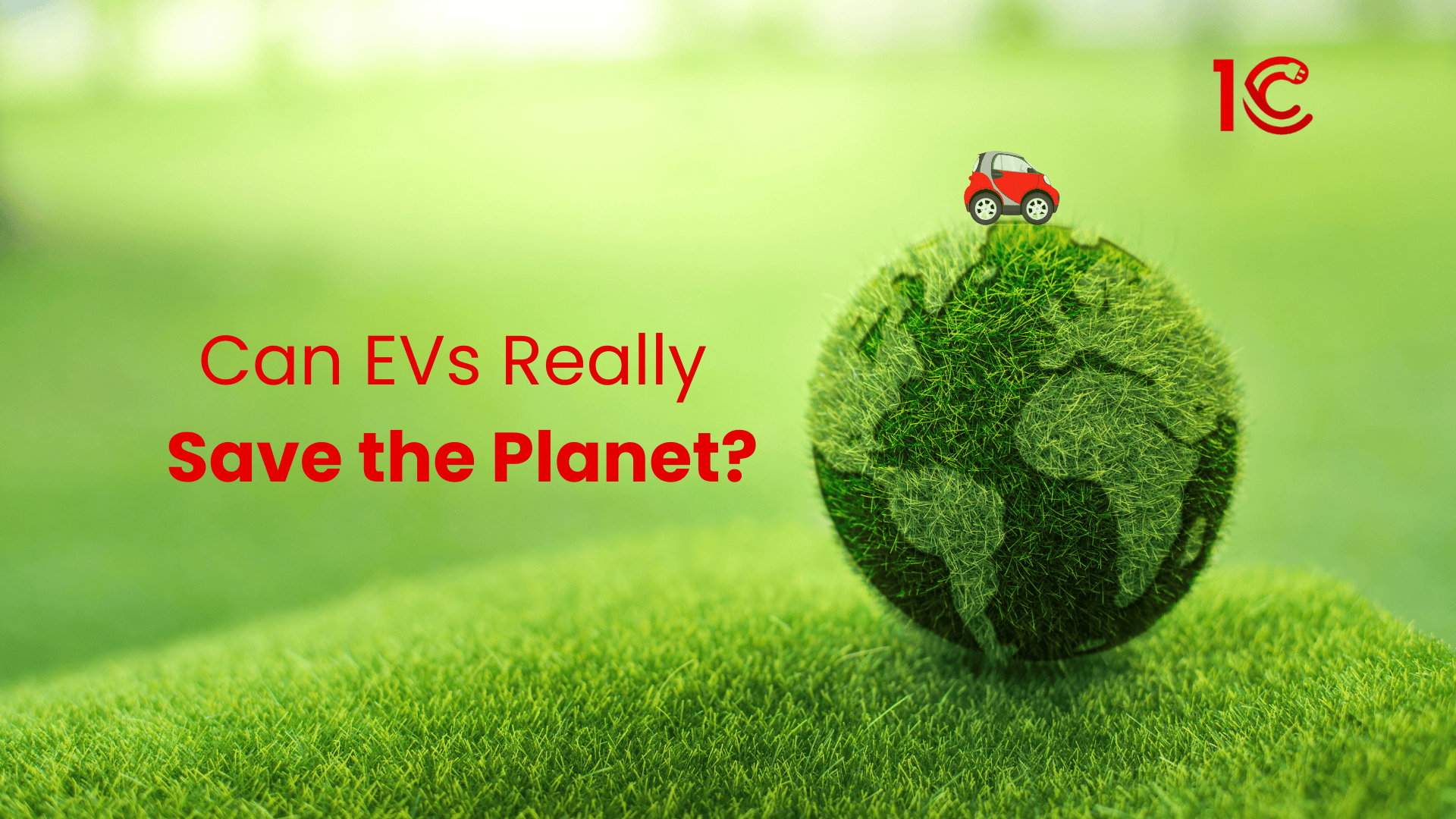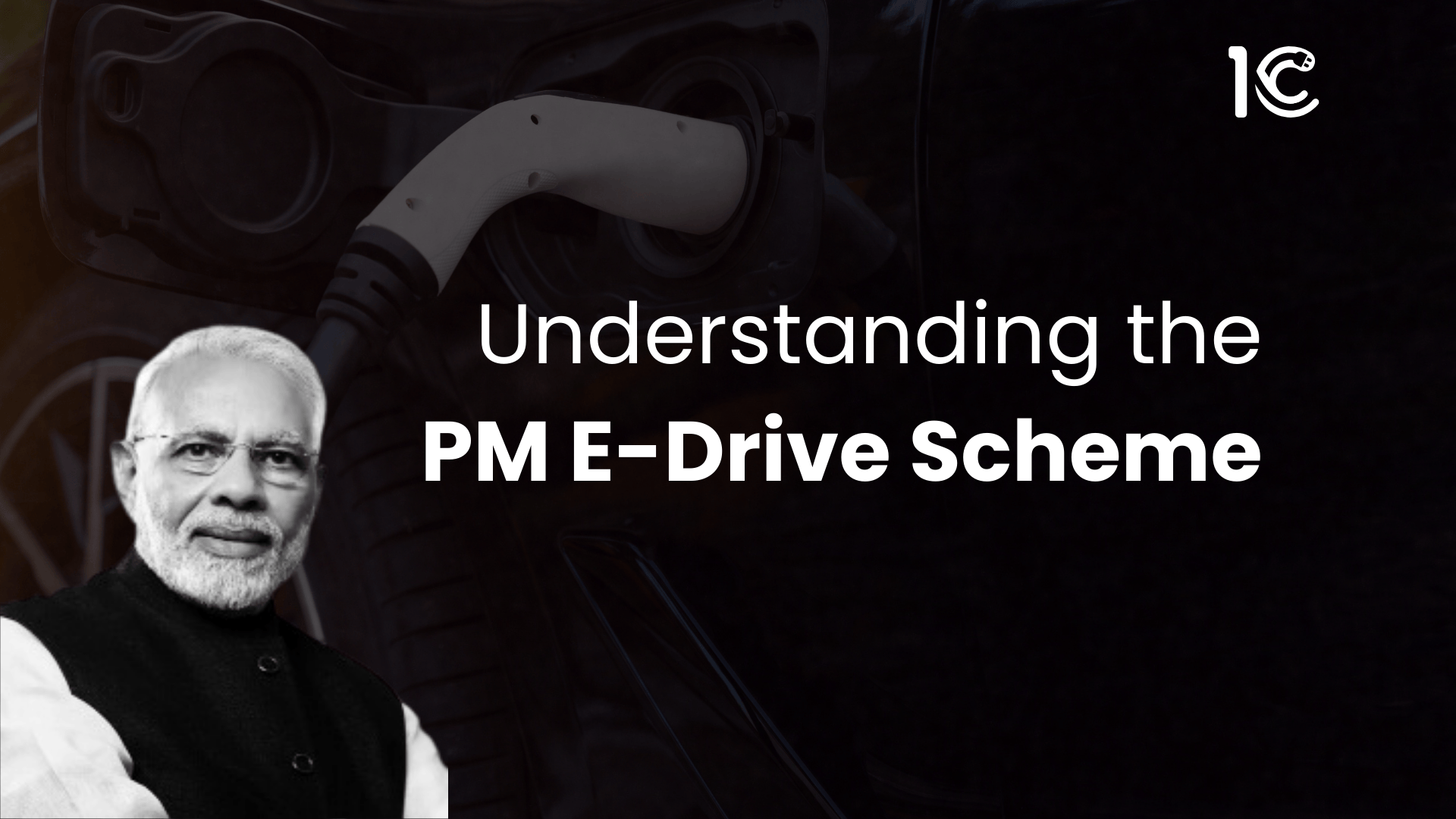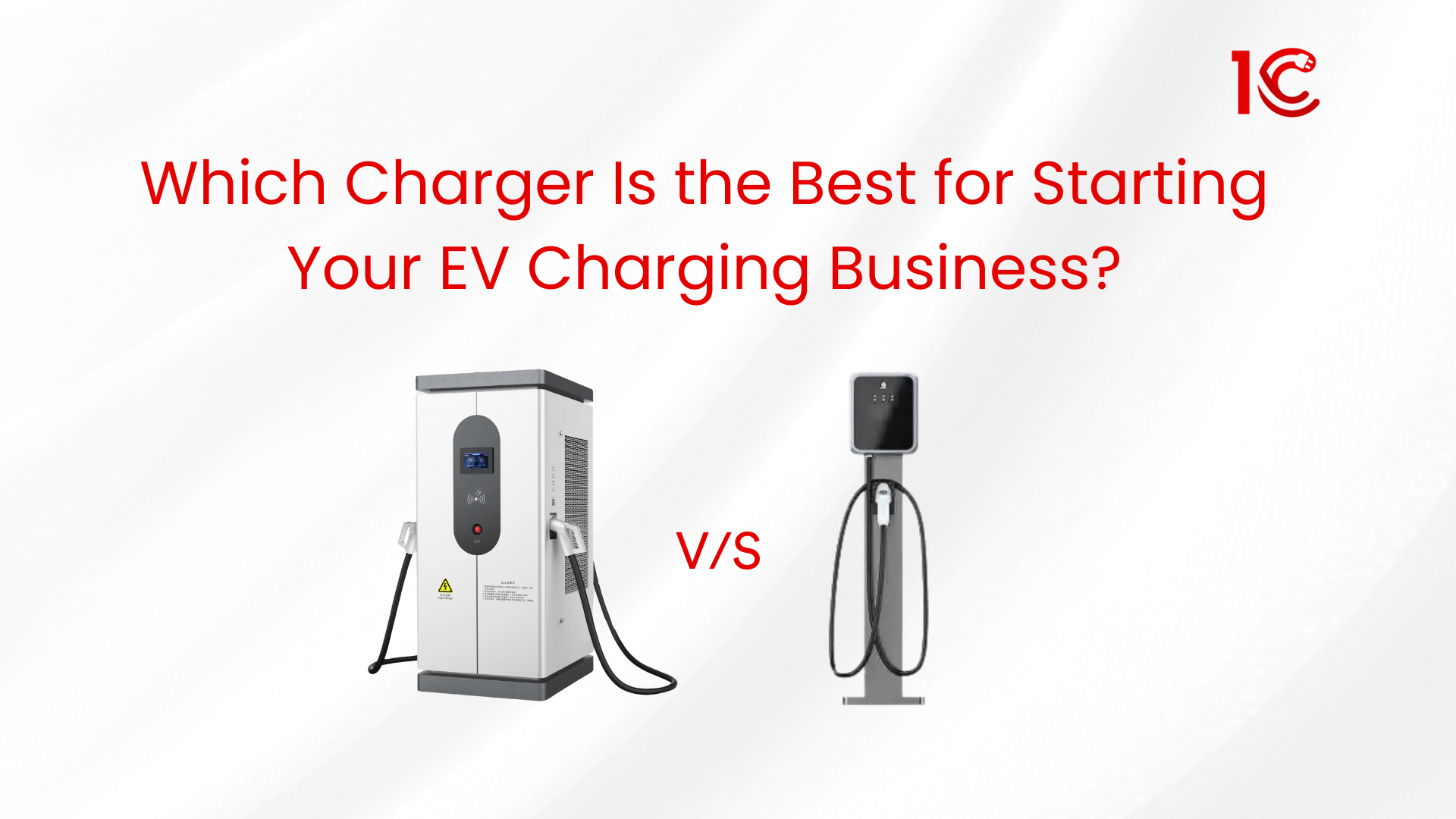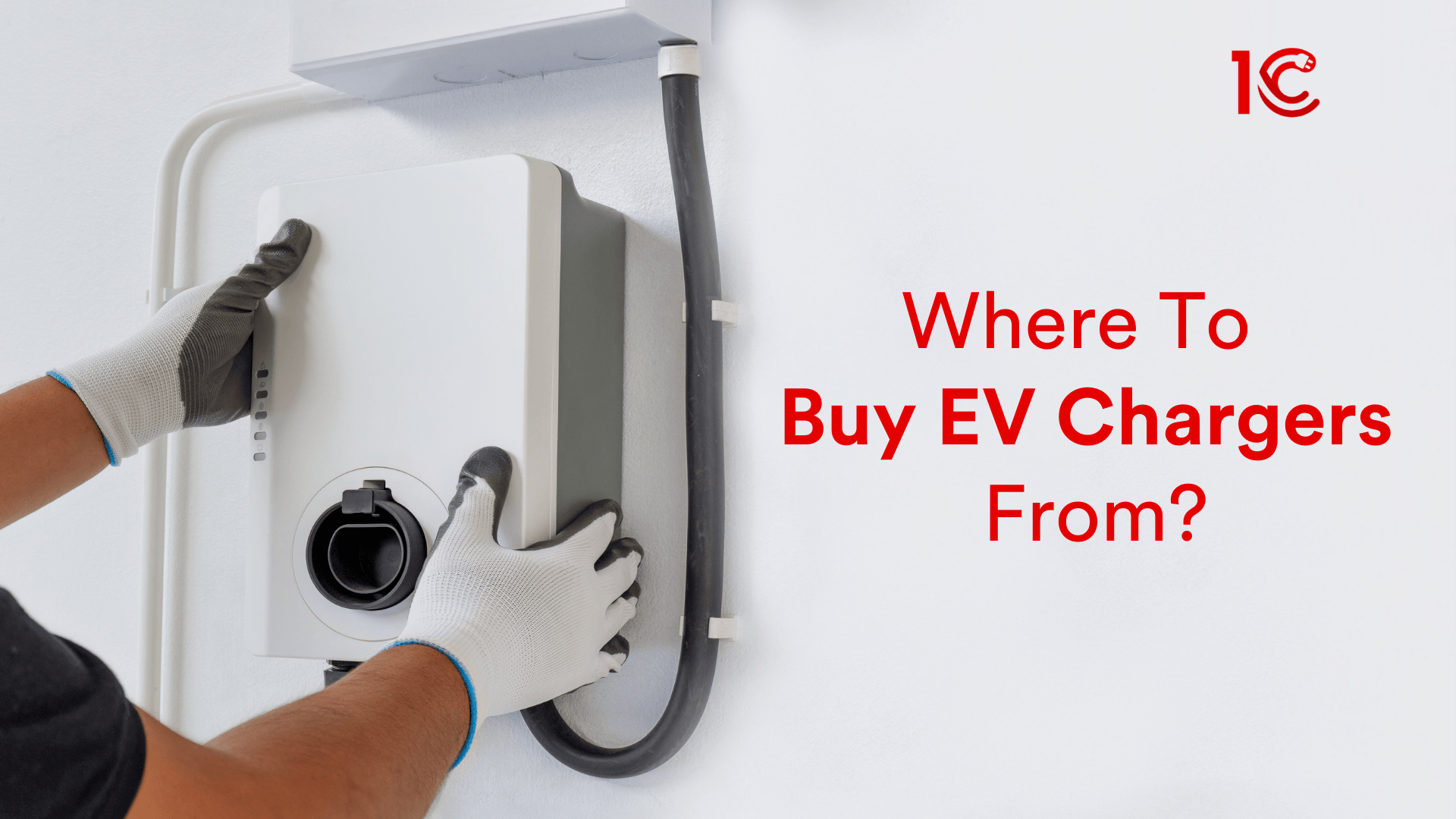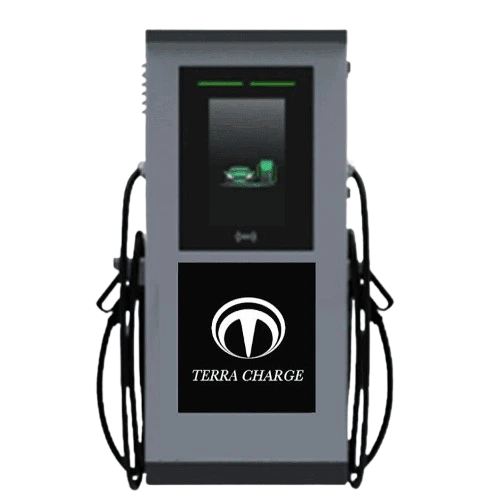Challenges and Opportunities for India's Electric Vehicle Sector in 2024
The electric vehicle sector in India is expected to encounter challenges in 2024, including regulatory uncertainties, technological advancements needed for efficient batteries, and market obstacles such as consumer hesitancy due to high upfront costs and limited model options. Industry officials emphasise the importance of a standardised regulatory framework, robust charging infrastructure, and collaborative efforts for sustainable growth. There is also uncertainty about government subsidies, with calls for a stable policy.
Despite hurdles, there are positive signs like the declining cost of EV batteries, increasing investments in infrastructure, and the potential entry of Tesla into the Indian market. The withdrawal of subsidies on two-wheelers could pose affordability challenges initially, but as technology advances and costs decrease, the dependency on subsidies is expected to diminish. The role of government policies, incentives, and a focus on creating an innovative and competitive ecosystem is crucial for the future of EV adoption.
Traditional two-wheeler makers like TVS Motor and Bajaj Auto are gaining market share, leveraging their wide distribution and after-sales network. However, pure-play EV players remain optimistic, emphasising advanced technological products to offset network disadvantages. Overall, the industry looks towards a balanced approach between innovation and customer-centric services for sustained growth in the evolving market landscape.
Key Problems
- Regulatory Uncertainty: The absence of a standardized and cohesive regulatory policy hampers the rapid expansion of the electric vehicle sector in India.
- Technological Lag: The need for advancements in technology, particularly in battery efficiency, is crucial for the competitiveness of EVs.
- Charging Infrastructure Gap: The lack of a robust charging infrastructure complicates the widespread adoption and use of electric vehicles.
- Consumer Reluctance: Concerns like high upfront costs, limited model options, and doubts about charging infrastructure availability contribute to hesitancy among consumers.
- Government Subsidy Concerns: Uncertainty surrounding government subsidies and incentives, including the potential withdrawal of financial support under schemes like FAME II, adds to industry challenges.
- Limited Financing Options: Public sector banks’ reluctance to finance the EV sector restricts financing options for consumers, leaving only private lenders/finance companies involved.
- Marketplace Competition: Traditional two-wheeler manufacturers gaining market share due to their established distribution and after-sales networks pose a challenge for pure-play EV players.
- Dependency on Subsidies: Initial dependency on subsidies for affordability, particularly in the two-wheeler segment, may pose challenges to the long-term sustainability of the EV market.
- Global Competitive Pressure: The industry faces the challenge of reducing costs to compete globally, especially against products from countries like China.
Also Read
Potential Solutions
- Policy Standardization: Develop and implement a standardised and cohesive regulatory policy framework to provide clarity and support for manufacturers and investors.
- Investment in Technology: Increase investments in research and development to advance EV technology, focusing on improving battery efficiency and reducing overall costs.
- Charging Infrastructure Development: Accelerate the development of a robust charging infrastructure to facilitate widespread EV adoption.
- Consumer Awareness Programs: Implement programs to raise awareness and educate consumers about the benefits of EVs, addressing concerns and fostering greater acceptance.
- Stable Government Incentives: Provide stable and consistent government subsidies and incentives to create a predictable environment for manufacturers and stakeholders.
- Encourage Public Sector Financing: Encourage public sector banks to participate in financing the EV sector to expand financing options for consumers.
- Innovation and Product Diversity: Foster innovation and diverse product offerings to stay competitive against traditional players in the market.
- Gradual Reduction of Subsidy Dependency: Develop strategies for the gradual reduction of dependency on subsidies as manufacturing efficiency improves and battery costs decrease.
- Global Collaboration: Foster collaborations and partnerships with global players to stay competitive in the global electric mobility landscape.
- Focus on Cost Efficiency: Implement measures to enhance cost efficiency throughout the EV supply chain to compete effectively in the global market.
Conclusion
The electric vehicle sector in India faces challenges such as regulatory uncertainties and consumer hesitancy. However, positive indicators like decreasing battery costs and increased infrastructure investments offer opportunities. To ensure sustainable growth, a standardized regulatory framework, technological advancements, and stable government incentives are crucial. Balancing innovation, consumer awareness, and cost efficiency will be key in navigating the evolving market landscape. Collaborative efforts, both domestically and globally, are essential for India to competitively position itself in the electric mobility sector.
Related Articles >>>
Understand the evolution of transport from horse carts to electric vehicles and explore how EVs are driving us toward a greener future!
Key considerations for successful EV charging infrastructure planning: site selection, utility integration, installation, and operational efficiency.
An authoritative guide to bust the most common myths about electric vehicles, making it easier to understand the real benefits of EVs.
Understand the powerful synergy between renewable energy and EV charging stations, shaping a cleaner and more sustainable future. Read on to learn more.
Can EVs really save the planet? Learn more about the environmental benefits and challenges of EVs, and how they fit into a larger sustainability strategy.
The PM E-Drive Scheme is a major step for driving the growth of EVs in India. Learn more about how it will impact the EV industry, businesses & consumers.
Looking to start an EV charging business? Learn which charger — AC or DC — is best for your budget, location, and customers. Read more now!
Looking to buy an EV charger but unsure where to start? As the EV market booms, finding the right platform for a reliable, high-quality charger is essential. In this article, we compare three leading options: Amazon, IndiaMART, and 1C.


